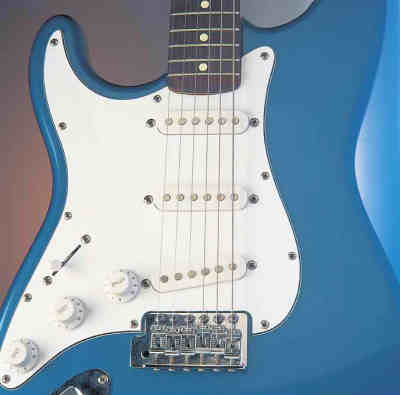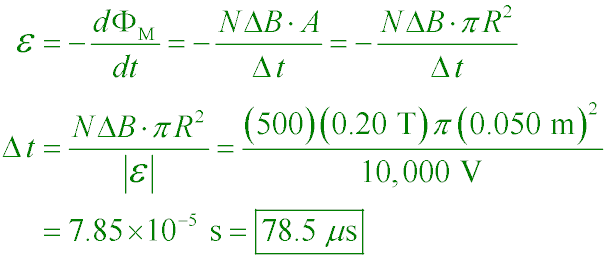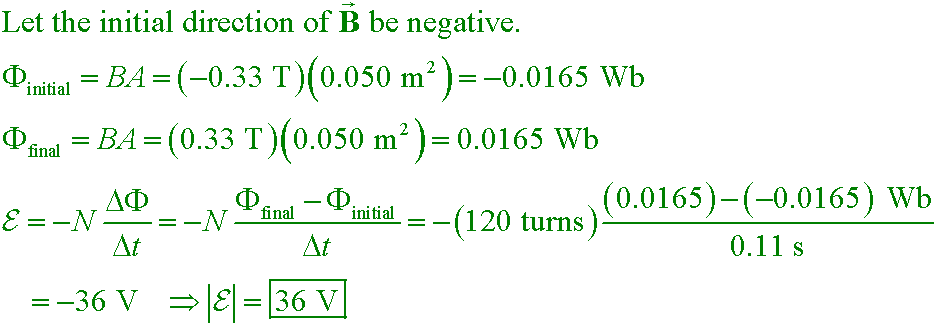Summary
- Ampere's law
- Motional emf
- Magnetic flux
Quiz bonus Chs. 28-29
- Written Quiz Chs. 28-29
Chapter 30
- Motional emf (in-class examples in lecture 22)

- Faraday's law
- Practice:
Try this additional example
Example #4
- Prepare:
Read textbook sections 30-3 through 30-5 before the next lecture
Knight2 33.cq.12a
The figure shows a current-carrying wire passing between two bar magnets. Is there a force on the
wire? If so, in what direction? If not, why not?

A. Yes ... upward
B. Yes ... to the right
C. Yes ... downward
D. Yes ... to the left
E. No, because B is perpendicular to I
F. No, because B = 0 at the wire
Answer
klm
Current is produced in a loop when a magnet is moved into the loop. Where does the electrical
energy come from?
A. Energy stored in the wire atoms.
B. Energy stored in the magnet
C. Energy in the magnet's motion.
D. Energy in electric waves.
Answer
klm
A light bulb attached to a coil lights up when it is brought near a solenoid that carries an alternating
current. Where does the electrical energy come from?
A. Energy stored in the wire atoms.
B. Energy stored in the magnet
C. Energy in the magnet's motion.
D. Energy in electric waves.
Answer
PSE6 31.6
In what time must a 0.20 T magnetic field be turned off in order to induce a 10 kV emf in a solenoid
of 500 turns and 10 cm diameter?
A. 5.33 µs
B. 78.5 µs
C. 335 µs
D. 22.2 ms
Answer
Walker5e 23.19
A 120-turn coil oriented with its plane perpendicular to a 0.33-T magnetic field has an area of 0.050 m².
Calculate the average induced emf in this coil if the magnetic field reverses its direction in 0.11 s.
A. 36 V
B. 18 V
C. 0.44 V
D. 0.30 V
Answer
C. Yes ... downward
The current is into the page, while the magnetic field is toward
the right (out of the north pole and into the south pole). Use the right hand rule to find that
the magnetic force per unit length
I × B points downward.
C. Energy in the magnet's motion.
If the magnet does not move, there is no changing magnetic flux,
and no induced current in the coil. In this way Faraday's law explains how mechanical energy
can be converted to electrical energy.
D. Energy in electric waves.
No mechanical energy is involved. Instead, the solenoid produces
a changing magnetic field, which induces a changing electric field that circulates around it. That
changing electric field represents a displacement current that induces a changing magnetic field, and
so on. The energy propagates in the form of a wave, with the solenoid acting as the source of the waves
and the wire loop the "antenna." The changing electric field drives sufficient alternating current in the
wire loop to light the bulb.
B. 78.5 µs

A. 36 V




